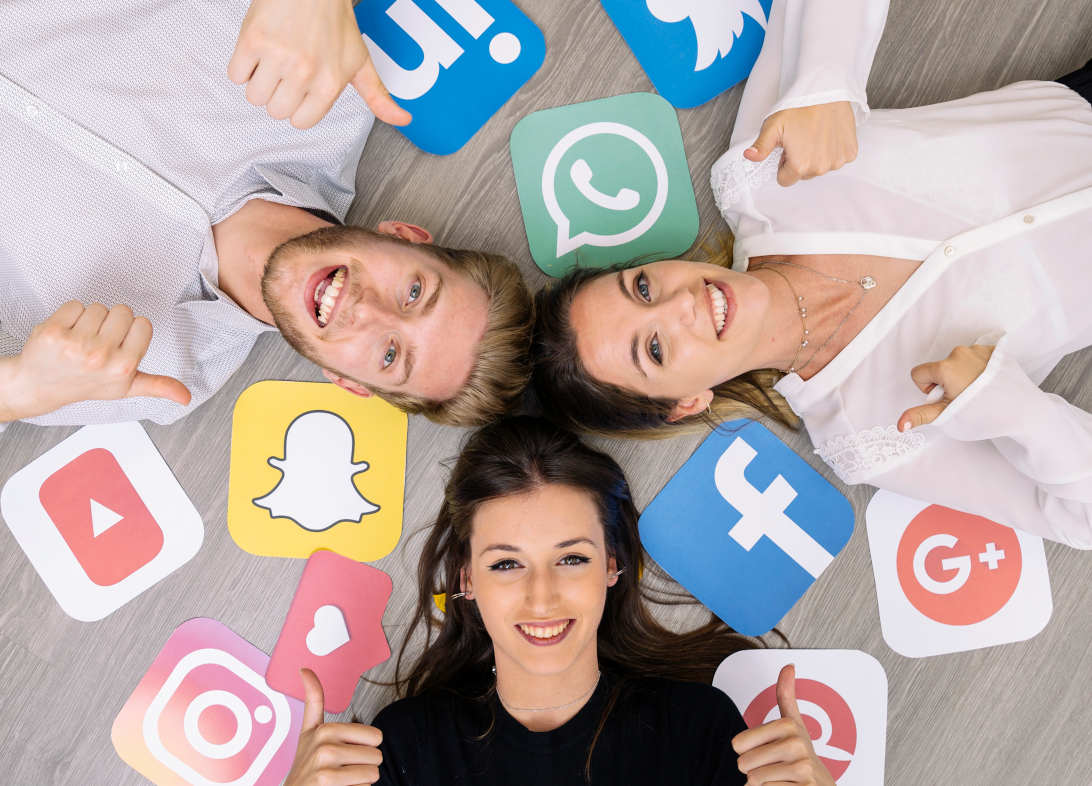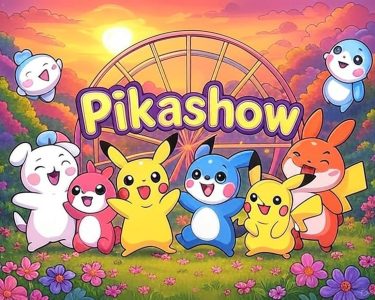Introduction
In the contemporary world, social media has emerged as a powerful force that shapes various facets of human life, including pop culture. Platforms like Facebook, Instagram, Twitter, TikTok, and YouTube have revolutionized the way people consume and interact with cultural content. This article delves into the intricate relationship between social media and pop culture, analyzing the ways in which these digital platforms influence trends, create new forms of entertainment, and redefine societal norms.
The Evolution of Pop Culture
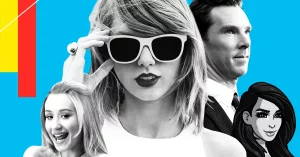
-
Historical Context
Pop culture, short for popular culture, encompasses the ideas, perspectives, attitudes, images, and other phenomena that are within the mainstream of a given culture. Historically, pop culture was disseminated through traditional media like television, radio, and print. However, the advent of the internet and, more specifically, social media, has dramatically altered the landscape.
-
The Digital Shift
The digital age has democratized the creation and consumption of cultural content. Unlike traditional media, which often required significant investment and gate keeping, social media allows anyone with an internet connection to contribute to pop culture. This shift has led to a more diverse and dynamic cultural ecosystem.
Social Media Platforms and Their Influence

-
Facebook
Facebook, one of the oldest social media platforms, has played a pivotal role in shaping pop culture. With its vast user base, it serves as a hub for sharing memes, viral videos, and trending topics. Facebook groups and pages dedicated to specific cultural phenomena further amplify these trends.
-
Instagram
Instagram’s visual-centric approach makes it a powerful tool for influencing pop culture. The platform’s emphasis on aesthetics has given rise to trends in fashion, beauty, and lifestyle. Influencers on Instagram wield significant power, often dictating what is considered “in” or “out.”
-
Twitter
Twitter’s real-time nature makes it an ideal platform for the rapid dissemination of cultural trends. Hashtags and trending topics allow users to quickly gauge what is popular at any given moment. Twitter is also a hotbed for discussions and debates, further shaping public opinion and cultural norms.
-
TikTok
TikTok has revolutionized the way short-form video content is consumed. Its algorithm-driven feed ensures that viral trends spread rapidly. Dance challenges, lip-sync videos, and comedic skits often originate on TikTok before permeating other social media platforms and even traditional media.
-
YouTube
YouTube remains a cornerstone of digital pop culture. Long-form content, tutorials, vlogs, and music videos all contribute to the platform’s cultural impact. YouTube creators often serve as trendsetters, influencing everything from language to fashion to lifestyle choices.
Mechanisms of Influence
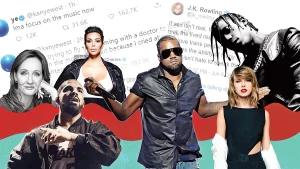
-
Virality
One of the most significant ways social media influences pop culture is through virality. Content that resonates with users can quickly gain traction, spreading across platforms and reaching millions of people. This rapid dissemination can turn obscure cultural phenomena into mainstream trends almost overnight.
-
User-Generated Content
Social media empowers users to create and share their own content. This democratization of content creation means that anyone can contribute to pop culture. User-generated content often reflects diverse perspectives, leading to a richer and more inclusive cultural landscape.
-
Influencers and Celebrities
Influencers and celebrities play a crucial role in shaping pop culture on social media. Their large followings give them significant sway over public opinion. Brands often collaborate with influencers to promote products, further intertwining commercial interests with cultural trends.
-
Algorithms
Social media algorithms curate content based on user preferences and behaviors. These algorithms can amplify certain trends while suppressing others, effectively shaping what users see and engage with. This selective exposure can create echo chambers, reinforcing specific cultural norms and trends.
Case Studies

-
The Rise of Memes
Memes are a quintessential example of how social media shapes pop culture. These humorous images, videos, or text snippets often go viral, influencing language, behavior, and even political discourse. Platforms like Reddit and Instagram are hotbeds for meme culture, constantly churning out new content that captures the public’s imagination.
-
The K-Pop Phenomenon
K-Pop, or Korean pop music, has gained international fame largely due to social media. Platforms like YouTube and Twitter have allowed K-Pop bands to reach a global audience. Fan communities on these platforms actively promote their favorite artists, contributing to the genre’s worldwide popularity.
-
Social Movements
Social media has also played a significant role in social movements, which are inherently tied to pop culture. Movements like BlackLivesMatter and MeToo have gained momentum through social media, influencing public discourse and cultural norms.
The Dark Side of Social Media’s Influence
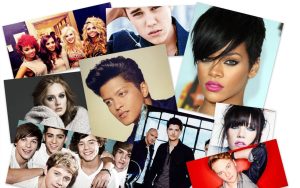
-
The Spread of Misinformation
While social media has revolutionized the way trends are created and spread, it has also facilitated the spread of misinformation and harmful trends. Fake news, conspiracy theories, and viral challenges that encourage dangerous behavior are examples of how social media’s influence can have negative consequences.
Platforms like Facebook and Twitter have faced criticism for their role in spreading misinformation, particularly in the context of political and social issues. The viral nature of social media means that false information can spread quickly, often outpacing efforts to correct it. This has led to growing concerns about the impact of social media on public opinion and the need for better content moderation.
-
The Pressure to Conform
The pressure to conform to social media trends can also have negative effects on individuals, particularly young people. The constant exposure to idealized images and lifestyles can lead to feelings of inadequacy, anxiety, and depression. The desire to fit in with popular trends can drive individuals to adopt behaviors or make purchases that they might not otherwise consider.
Moreover, the emphasis on likes, shares, and followers can create a sense of competition and validation-seeking behavior, where individuals measure their self-worth based on their social media engagement. This has sparked discussions about the need for healthier social media habits and the importance of promoting positive and inclusive content.
Conclusion
Social media has undeniably transformed the landscape of pop culture. Its ability to democratize content creation, amplify trends, and shape public opinion makes it a powerful force in contemporary society. As social media continues to evolve, its influence on pop culture will likely grow, further blurring the lines between digital and real-world experiences.
In summary, the role of social media in shaping pop culture trends is multifaceted and profound. From virality and user-generated content to influencers and algorithms, various mechanisms contribute to this complex relationship. Understanding these dynamics is crucial for anyone interested in the interplay between digital platforms and cultural phenomena.

